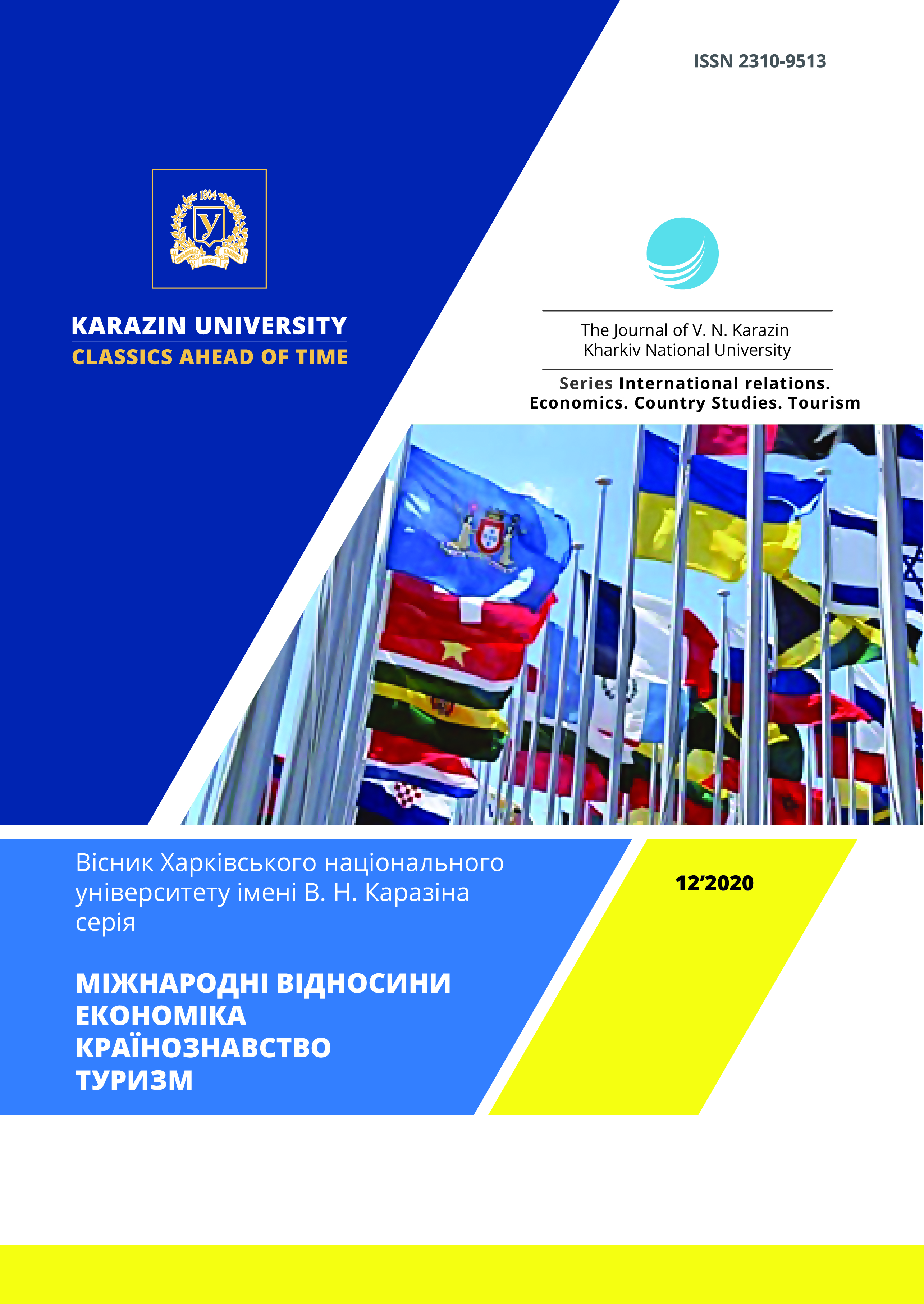Comparative overview of natural and cultural components of the marketing environment for tourism in Kazakhstan and Slovakia
Abstract
Despite the current catastrophic reduction of tourism services and related services in the world in a pandemic, the development of tourism in the long run remains very relevant, especially in anticipation of the reformatting of the global tourism market as one of the results of the end of the pandemic. At the same time, along with the traditional world centers of tourism, we can assume the emergence of new regional and global countries, leaders in tourism. The forthcoming restart of the market will provide a good, rare opportunity for new tourist destinations to express themselves, intensify the attraction of tourists and take certain positions in the resetting tourist market. Therefore, working out their potential and realizing their competitive marketing advantages is important for such tourism-developing countries. Accordingly, this study is devoted to the development of the tourism industry, in particular, the description and analysis of natural conditions and relevant opportunities for the development of health, sports, educational tourism in the Slovak Republic and the Republic of Kazakhstan. A detailed comparative analysis of socio-cultural and natural-geographical components of the marketing environment for the development of tourism in both countries is given. Such popular and demanded in international tourism areas as mountain and skiing, cultural-historical and cognitive, medical and health-improving, as well as recreational tourism are considered in detail. In general, the countries in question have much in common regarding the diverse opportunities and types of tourism. However, due to a number of historical, geographical, socio-social reasons, the level of development of tourist services in them is very different. This study also compares opportunities for the development of relevant tourism in Slovakia and Kazakhstan. In order to present tourism for foreign tourists and create a positive image of Slovakia and Kazakhstan as favorable countries for inbound tourism, it is necessary to actively use modern information technologies and innovations. This article presents such sources of information about tourism potential as websites, links to Internet resources of travel agencies and operators, the main video resources about tourism opportunities in the Republic of Kazakhstan. The development of these innovations will allow the Republic of Kazakhstan to become one of the most competitive countries in the tourist service and become a new significant world tourist center.
Downloads
References
Aliyeva1, S., Chen, X., Yang, D., Samarkhanov, K., Mazbayev, O., Sekenuly, A., Issanova, G., Kozhokulov, S. (2019). The Socioeconomic Impact of Tourism in East Kazakhstan Region: Assessment Approach. Sustainability, Vol. 11(17), 1-14.
Allayarov, P., Embergenov, B., Si Thu Han. (2018). Problems and Prospects of sustainable tourism in the Republic of Kazakhstan. Business and Economic Research, Vol. 8(2), 115-126.
Ayetov, S., Uruzbayeva, N. (2018). Current Issues of Inbound Tourism in the Republic of Kazakhstan and Ways of Promotion. Journal of Advanced Research in Management, Vol. 9(6), 1202-1209.
Banсerova, O., Kasimova, A. (2018). Formation of Ethnocultural Tourism Clusters in Russia Kazakhstan Borderline Territory. Journal of Advanced Research in Management, Vol. 9(4), 771-776.
Kasagranda, A., Gurňák D. (2017). Spa and Wellness Tourism in Slovakia (A Geographical Analysis). Czech Journal of Tourism, Vol. 6(1), 27-53.
Kosikova, M., Vasanicova, P., Litavcova, E. (2019). Analysis of aspects of the tourism development in Slovakia in the Context of the European Space. Montenegrin Journal of Economics,Vol. 15(2), 127-137.
Kulakhmetova, G., Hnatkovych, O., Rusnak, A., Shcherbakova, N. (2018). The Way to the Leading Positions in World Tourism Case Study of Kazakhstan. Journal of Advanced Research in Management, Vol. 9(6), 1289-1295.
Malchrowicz-Mośko, E., Botiková, Z., Poczta, J. (2019). Because We Don’t Want to Run in Smog: Problems with the Sustainable Management of Sport Event Tourism in Protected Areas (A Case Study of National Parks in Poland and Slovakia). Sustainability,Vol. 11(2), 1-20.
Öğüt, K., Yeşilyurt, S., Yurtseven, Ç. (2018). Health Tourism between Kazakhstan and Turkey: Outlook on Health Sectors and Potentials. Business and Economics Research Journal,Vol. 9(1), 57-74.
Shevyakova, A., Munsh, E., Arystan, M. (2019). Towards diversification of the economy of Kazakhstan via information support for the tourism industry, Entrepreneurship and Sustainability, Vol. 1(2), 129-137.
Štrba, L., Kolačkovská, J., Kudelas, D., Kršák, B., Sidor, C. (2020). Geoheritage and Geotourism Contribution to Tourism Development in Protected Areas of Slovakia, Theoretical Considerations. Sustainability,Vol. 12(7), 1-20.
Tleubayeva, A. (2018). Rural Tourism as One of the Priority Factors for Sustainable Development of Rural Territories in Kazakhstan. Journal of Advanced Research in Management,Vol. 9(6), 1312-1326.
Trusheva, S., Syzdykbaeva, B. (2018). Prospects and Development of Tourism in Kazakhstan and the Impact of Incentive Tours on Efficiency, European Research Studies Journal, Vol. 3, 727-737.
Authors who publish with this journal agree to the following terms:
- Authors retain copyright and grant the journal right of first publication of this work under the terms of a license Creative Commons Attribution License 4.0 International (CC BY 4.0).
- Authors are able to enter into separate, additional contractual arrangements for the non-exclusive distribution of the journal's published version of the work (e.g., post it to an institutional repository or publish it in a book), with an acknowledgement of its initial publication in this journal.
- Authors are permitted and encouraged to post their work online (e.g., in institutional repositories or on their website) prior to and during the submission process, as it can lead to productive exchanges, as well as earlier and greater citation of published work.




